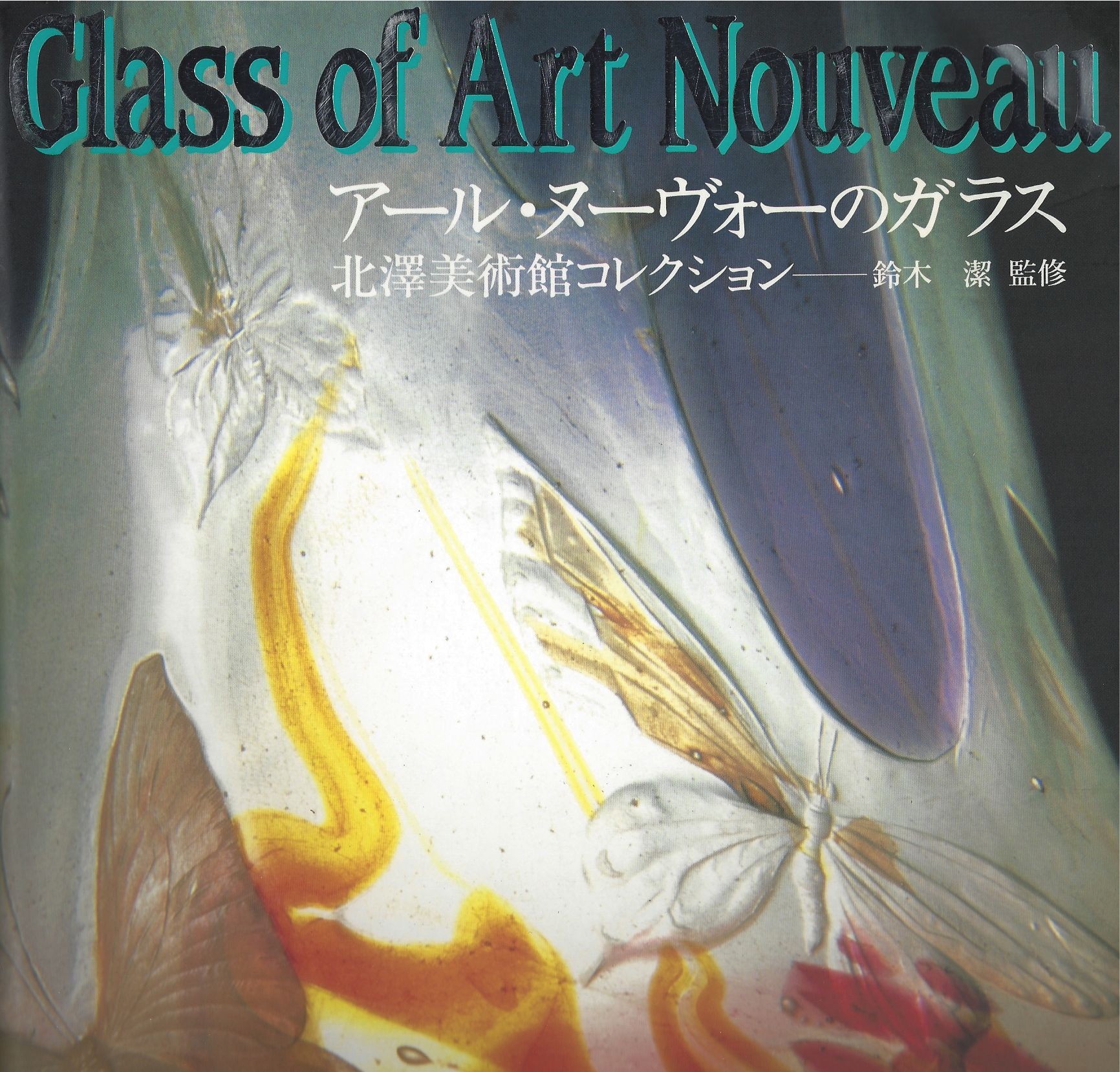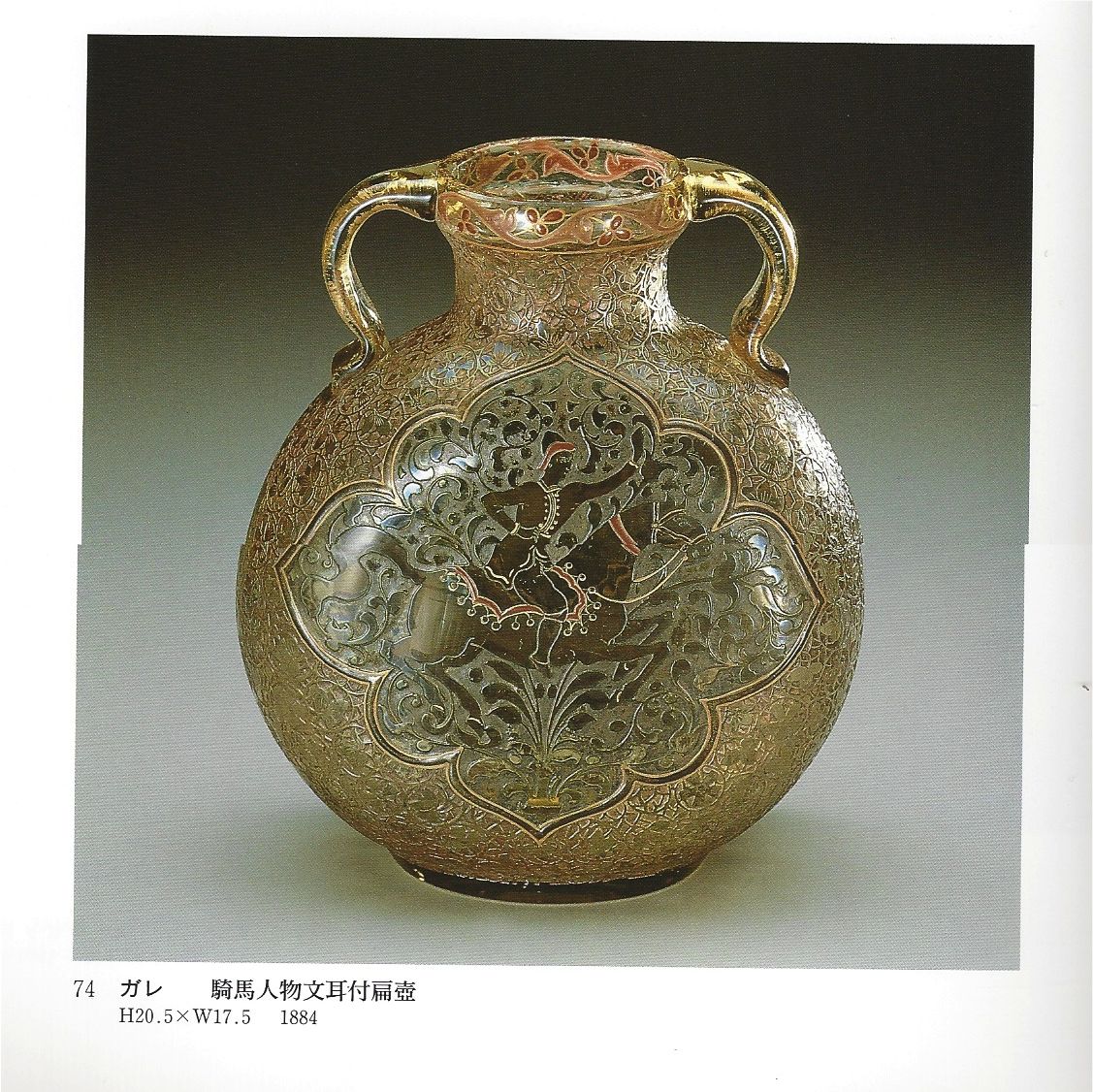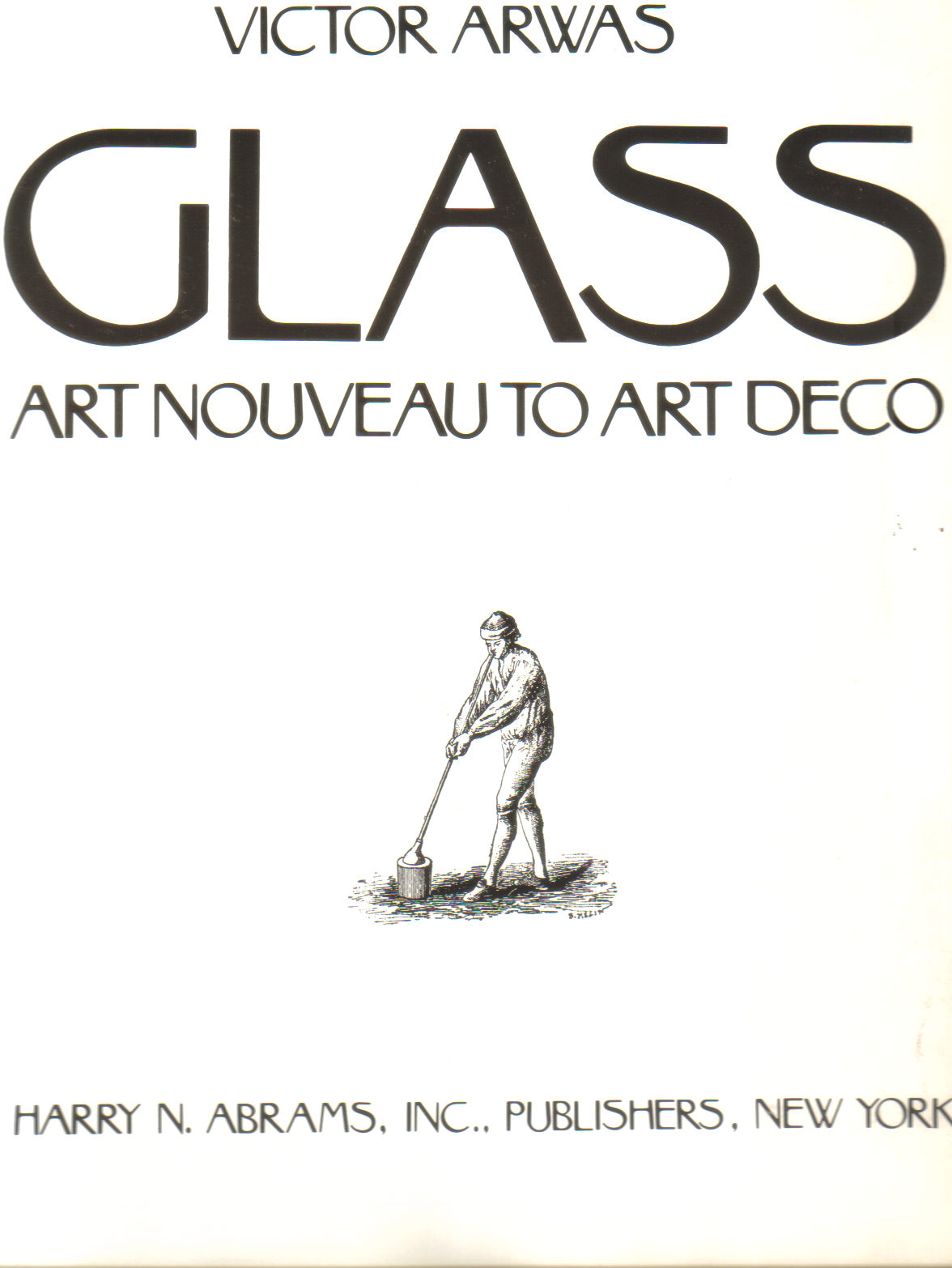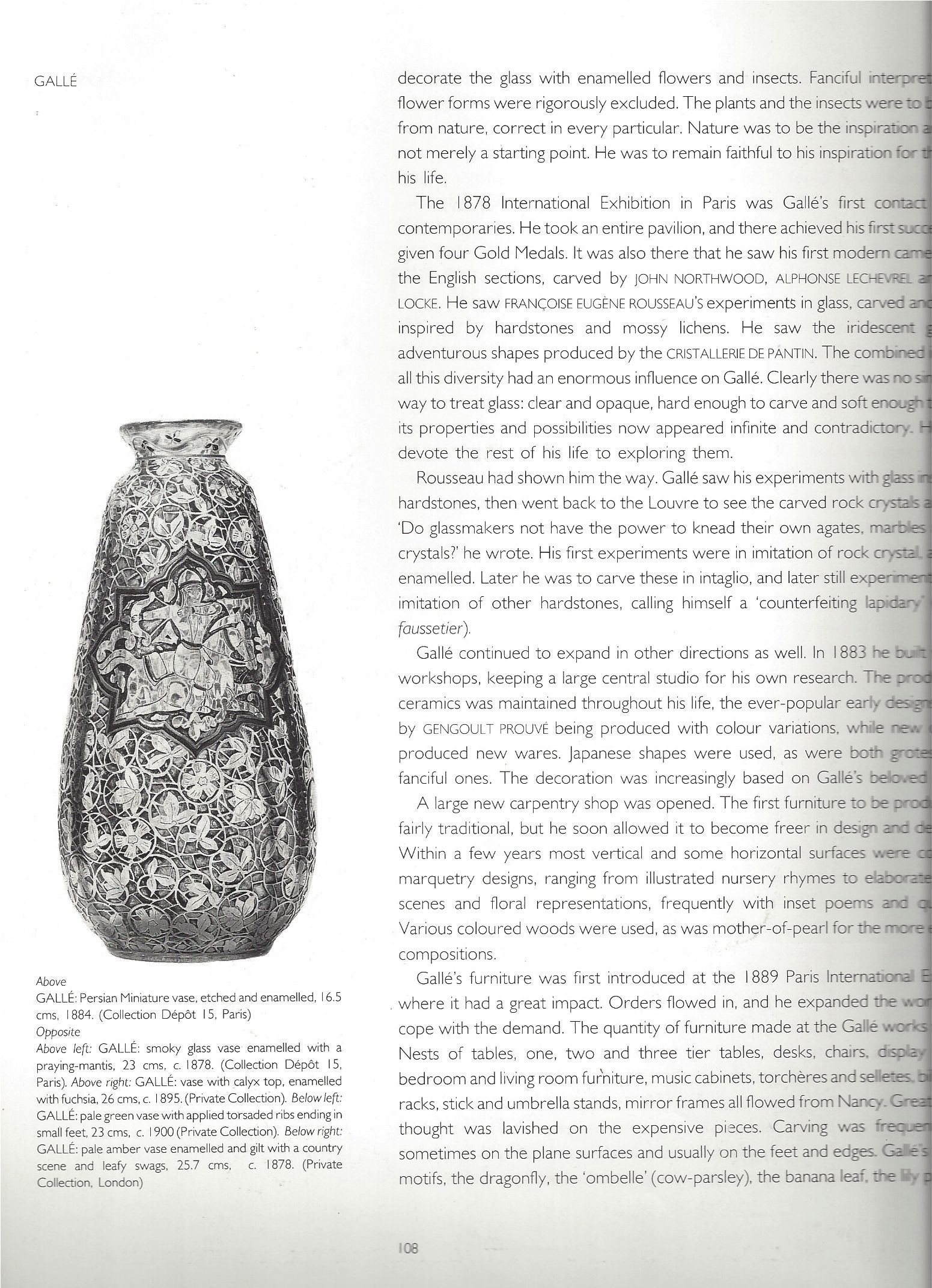In the Islamic style, with cameo signature Galle 1884
cf. Glass of Art Nouveau, Mitsumura Suiko Shoin, Japan, 1994, p.78, no.74
Victor Arwas, Glass: Art Nouveau to Art Deco, 1987, p.108
Emile Gallé: Dreams into Glass, exh. cat., The Corning Museum of Glass, 1984, p.185
Emile Gallé was the foremost glassmaker of his day. In 1874 he took over the running of the Gallé factory in Nancy from his father and immediately began to expand the business, proving himself an outstanding businessman as well as a designer of genius. His creations were exhibited at the great exhibitions and world fairs in Paris, Chicago and Saint Louis and were keenly collected by the most notable collectors of the day including Roger Marx, the editor of Gazette des beaux-arts, the industrialist Edouard Hannon, the Philadelphia Museum of Art and the Russian and Danish royal families. This box and cover is an example of one of the most interesting groups associated with his output.
Gallé began to experiment with enamelling on glass in the late 1870s, drawing on the rich repertory of Ayyubid-Mamluk luxury glass whilst expanding on its decorative and chromatic range. In a statement to the jury of the Paris Exposition Universelle in 1889 he wrote:
‘Since 1878, I have devoted myself continually to developing a palette that would allow me to decorate glass with the aid of colours and low-temperature vitrifiable enamels...I also developed reflecting colours by mixing them with hard Arabian enamels. Finally in 1884, I produced for the Union Centrale de Arts Décoratifs a new series of transparent enamels in relief...I therefore present you today with the results of my continued research: opaque enamels with artificial and bizarre colours, muted nuances designed to add some ‘spice’ to an already impressive array of colours. You will note the opaque enamels coloured with gold preparations that produce pinks and lilacs that lend themselves to equally interesting work. In short I might say that today there hardly exists a shade, however fleeting, that my palette of enamels in glass relief does not reflect, from oranges and sealing-wax red right up to violets and purples. Certain borders (see smoky quartz-type vase, No. 119 and antique box No. 147) have the delicate tones of cashmere. The glaze on these compositions is perfect, and their adhesiveness complete. Finally, the surface of these enamels may be decorated with tender colours and metallic foils that are fixed with a flux.’
Gallé must have seen Mamluk originals during his travels in Germany and France. The motif of the mounted archer firing backwards is consistent with figural types on Ayyubid-Mamluk enamelled wares of the 13th century (as well as conforming to what we know of the actual practices of the Turkish and Mongol cavalry).


















